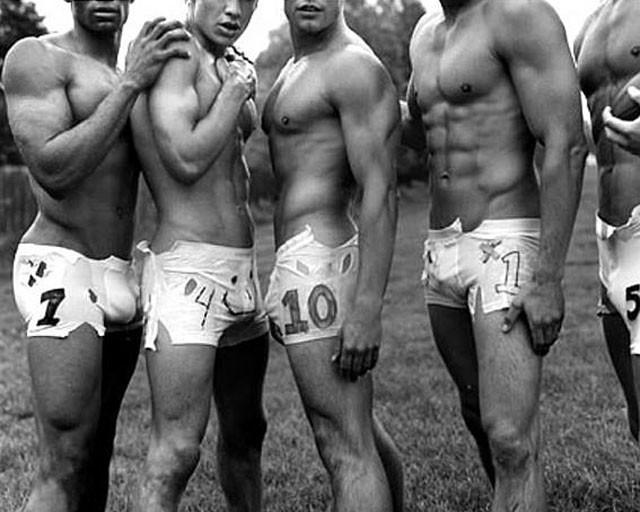Keeping Up Appearances

Abercrombie & Fitch went public in 1996. It had about 125 stores, sales of $335 million, and profits of almost $25 million. Jeffries wrote a 29-page “Look Book” for the sales staff. Women weren’t allowed to wear makeup or colored nail polish. Most jewelry was forbidden. So were tattoos. Hair had to be natural and preferably long. Men couldn’t have beards or mustaches. The only greeting allowed was: “Hey, what’s going on?” Store managers spent one day a week at their local college campus recruiting kids with the right look. They started with the fraternities, sororities, and sports teams. Managers forwarded photos of potential employees to headquarters for approval…
…In 1997, Jeffries started the A&F; Quarterly, a magazine and catalog that sold for $6. Sales staff went on casting calls for the shoots with photographer Bruce Weber. Taylor Swift, Jennifer Lawrence, and Channing Tatum modeled. There were guides to group sex, getting it on in movie theaters, and drinking games. Abercrombie eventually agreed to check the age of potential buyers. When Jeffries shut down the magazine in 2003, he said it was because it was getting boring.
Alisa Durando joined the company in 1996 as a designer. “We could influence Mike about product but not marketing,” she says. “He was phenomenal. He was always creating the movie, the lifestyle story he wanted to project.”
Jeffries’s home looked like an Abercrombie store, with dark wood floors and arty skin pictures. Male models helped out around the house. Jeffries and Smith hosted parties for executives at bonus time or to celebrate a good quarter. Mostly, though, Jeffries worked. He once conducted an earnings call while he was recovering from plastic surgery, his voice hoarse, according to a former executive and an analyst on the call. He would return to work with his face still swollen from a procedure, former executives say. When he traveled, he sent an advance team to make sure his car and hotel looked and smelled the way he wanted. On West Coast trips, he’d call meetings in his hotel room at 5 a.m. Models in Abercrombie outfits were there serving coffee.
Is there anything better than a long profile of an obsessively controlling and out-of-touch retail magnate whose influence once determined the shape and scope of mall fashion and by extension the tastes and trends of millions of Western adolescents who has now fallen so far out of favor that their list of transgressions is more noteworthy than the reasons they became such successes in the first place? No. There is not. Susan Berfield and Lindsey Rupp go deep into Abercrombie & Fitch — I particularly enjoyed the section about the crew requirements for the Abercrombie plane — but it’s really this quotation that sums up the current state of retail:
When asked if Abercrombie could ever have the impact on teens it once did, Martinez is almost philosophical, saying, “The wonderful and terrible thing about retail is that occupying the peak is very perilous. Aspiring to and reaching that position puts you in a very vulnerable position. The world moved on, and the company has to move on.”
This article, combined with Irina Aleksander’s incredible profile of Karl Lagerfeld’s favorite male model, paint quite the picture of men at the top of the fashion industry these days.